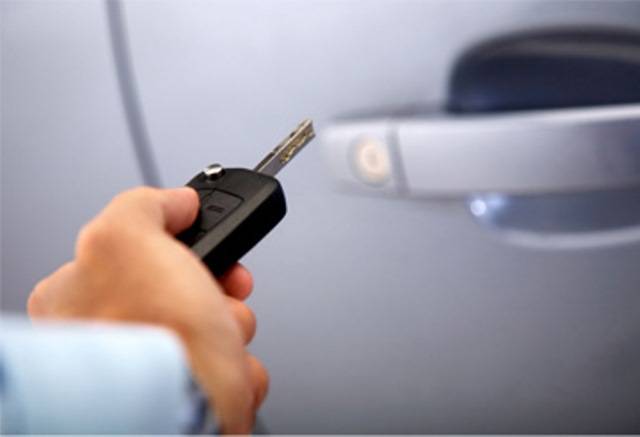A Car Buyer’s Conundrum: Compact or Subcompact?

Many car shoppers grapple with the choice between a money-saving compact car or a more functional sub-compact. Here’s what you need to know about both and how to make a decision.
Do You Carry Passengers Or Cargo?
One of the major differences between compact and subcompact vehicles is the cargo. If you’re single, you don’t have any kids, and you don’t carry around a lot of stuff, then a subcompact is a good bet for you.
The primary difference between a compact and subcompact is the size. Subcompacts don’t have much room for anything other than the driver. If you need the extra room, or you intend on taking long road trips, you’re probably better off with a compact car, or just renting an SUV.

What About Fuel Economy?
Many of the subcompacts on the market now, like the new Ford vehicles for 2016, best their hybrid cousins in the compact and full-size market, boasting 40 MPG or higher on the highway. The Chevrolet Spark is another good example of how good fuel economy can get. It returns 30 miles per gallon in the city and 39 on the highway.
The Mazda3 Hatchback, does 30MPG in the city and 40MPG on the highway. If you drive long distances for work, this is where the subcompact can really start saving you some coin.
But, don’t automatically assume that subcompacts always beat out other cars on the road. You should check with sites like Fuelly.com, and test drive a few vehicles yourself to get a feel for how the vehicle drives and what the fuel economy is really like.
Is Price Your Main Concern?
Subcompacts take the lead on price. Unlike every other car on the road, these cars start at between $9,000 and $15,000 new. Most full-sized sedans and coups can’t be had for under $30,000.
Even compact cars can be picked up for around $15,000 to $20,000.
So, if you’re looking to save some money, it’s hard to go wrong with either choice. But, for the ultra-conservative, the subcompact is going to be the better choice. Sure, you take a huge hit on depreciation in the first year, but you can probably drive that vehicle for longer than other types of vehicles because your engine is smaller, you’re not going to be beating on the transmission or engine nearly as much and, as long as you keep the maintenance up on it, these cars should drive for more than 300,000 miles.
What Should You Do?
Sometimes, it’s hard to know what to choose. If you’re still struggling, sit down and write out what you want from a vehicle. Next, list all of your “must haves” and “negotiables.” Now, write down your “dealbreakers.”
Weigh your needs and wants against what’s available in the marketplace.
Talk to your banker about a loan, or save up the money yourself to pay cash. Don’t rush into any deals you’re not comfortable with, and don’t let a salesman talk you into anything. Negotiate for the price of the car, not the monthly payment.
And, test drive a car at least twice before you make a final decision.
George Davis works as a fleet manager and understands the car buying process and how to choose the right model for your needs. He likes to share his tips and suggestions online and is a regular contributor on a variety of relevant websites.


